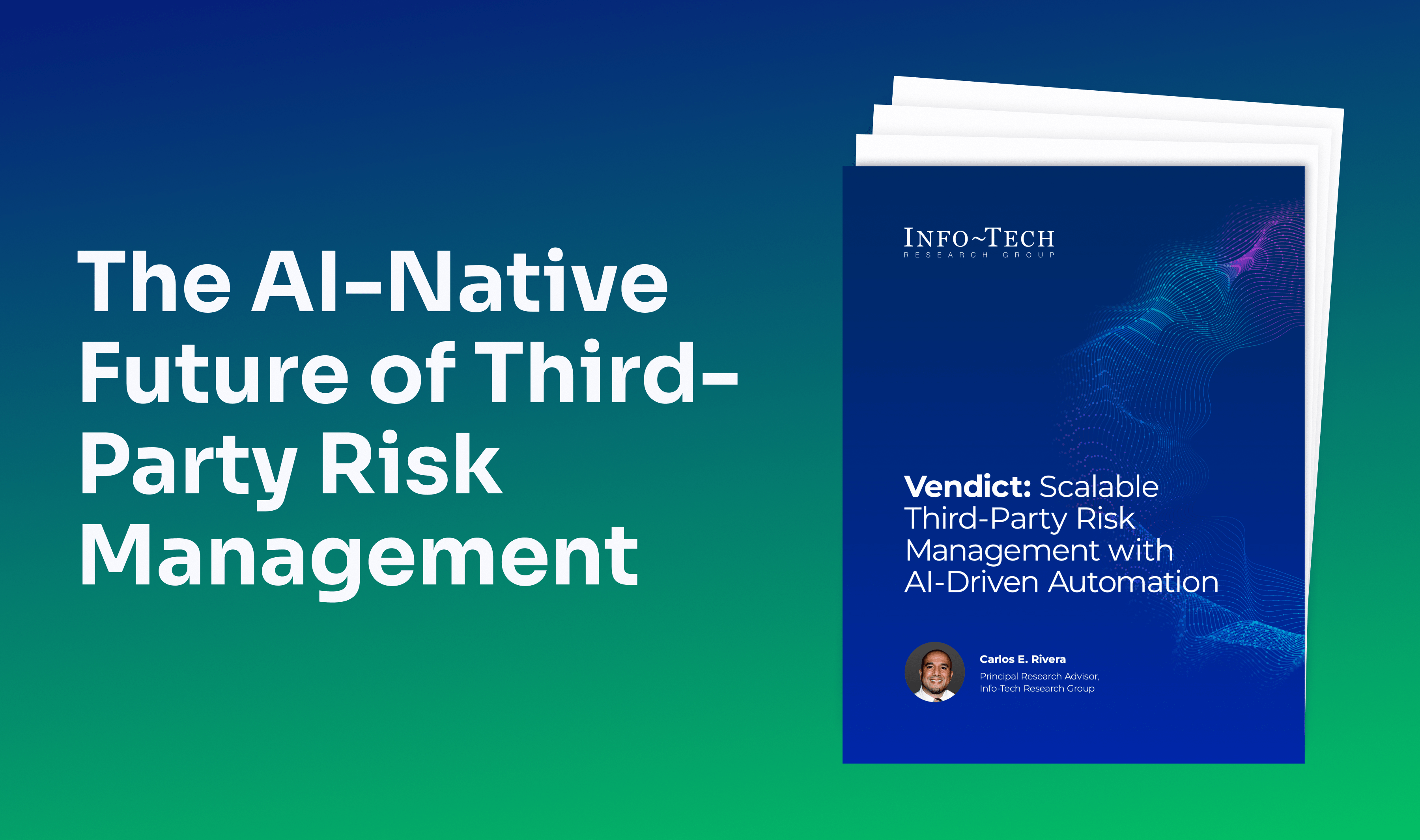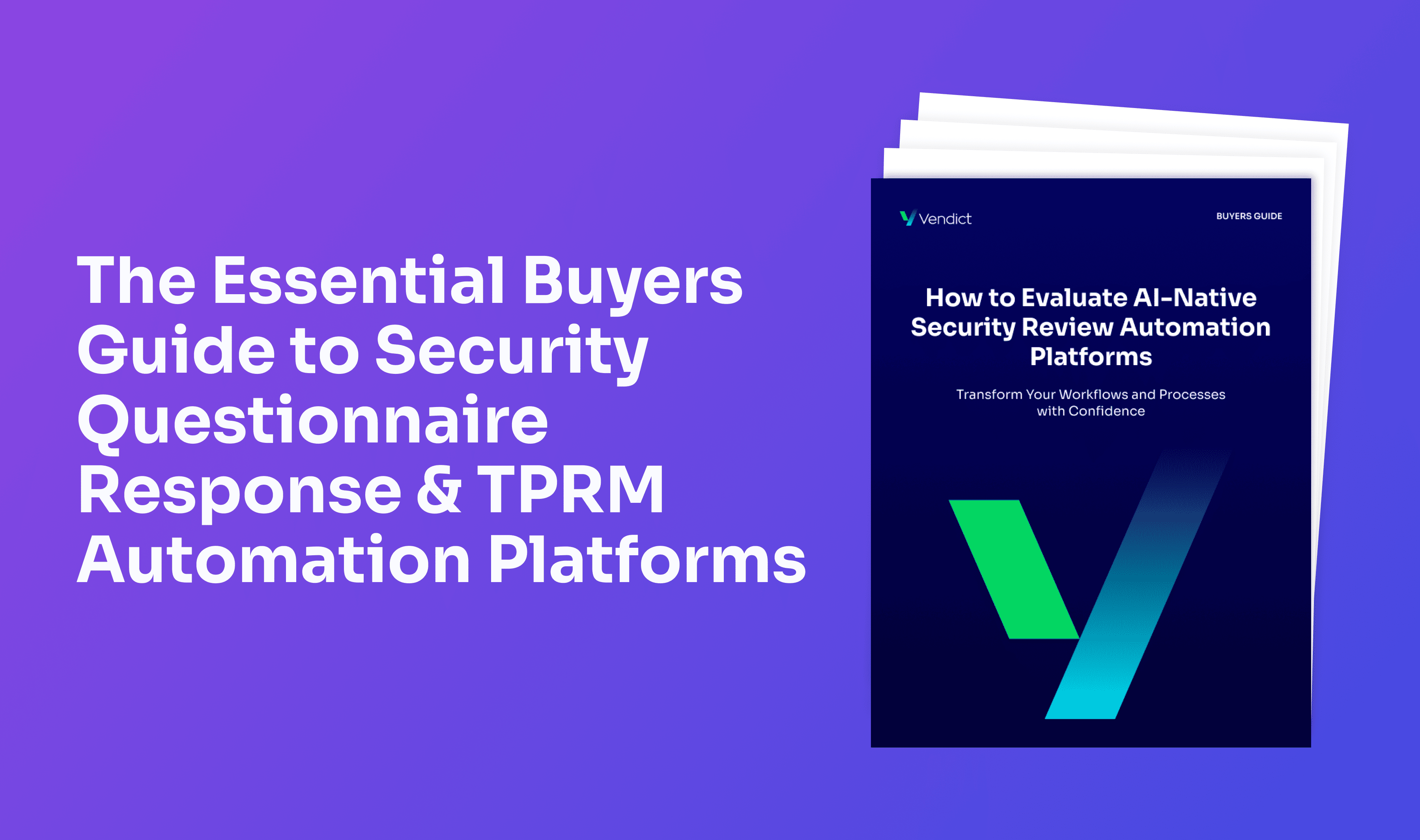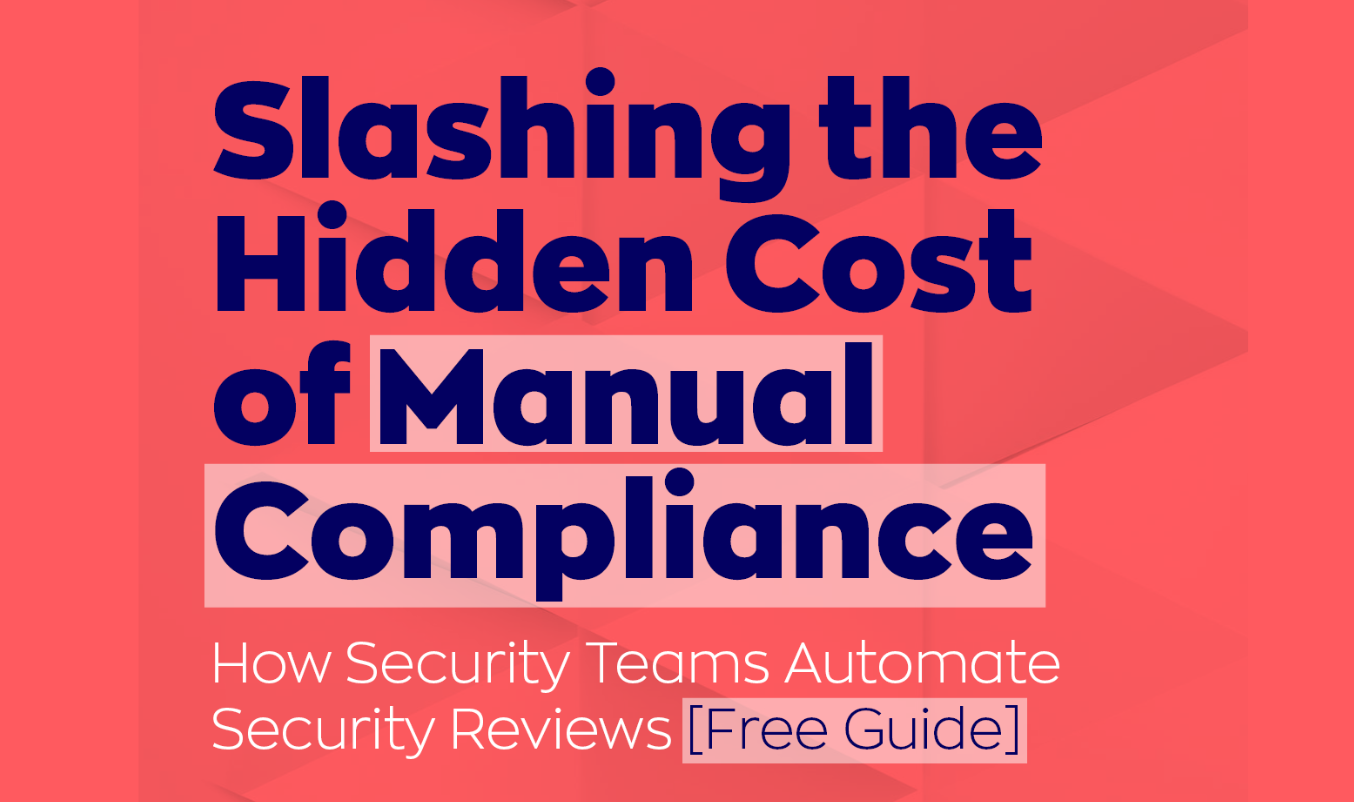Celebrating 30 Years of Cybersecurity’s Champions (CISO Chronicles Part 1)

Alex's morning is jolted into high gear not by her usual coffee but by an urgent security breach alert. She quickly gathers her team and dives into data analysis before strategizing a response. Simultaneously, her mind races ahead, contemplating the most effective way to articulate the complex situation to her non-technical superiors.
She’s the Chief Information Security Officer (CISO) at a leading tech firm, and this is just another Tuesday.
This incident, and the many that preceded it, embodies the relentless pace and critical importance of her role in today’s digital battleground.
As of 2024, the CISO role as we know it has existed for 30 years. Let’s take a moment to reflect on how it all started, what CISOs deal with today, and what they could expect in the near future.
In this three-part series, we:
- Uncover the origins and evolution of the CISO role and the circumstances that made it a necessity
- Explore the transformation of CISOs from a technical niche to a linchpin of strategic business decision-making (Part 2)
- Understand how CISOs like Alex prepare for the challenges of tomorrow, including quantum computing, the threats and vulnerabilities of AI, and evolving malware strains (Part 3)
As all good stories do, let us first begin… at the very beginning.
Table of Contents
The CISOs of Yesterday: Finding Their Feet in a Developing Digital World
The Grandfather of CISOs: How the Role Originated
The Next Twenty Years of CISOs: A History in Two Parts
The 2000s: Advisors in a Care-Free Business World
The 2010s: Security Above All Else
CISOs of Yesterday: Finding Their Feet in a Developing Digital World
As technology continues to define the business space, CISOs have become a pillar of leadership in the corporate hierarchy.
To understand how CISOs gained such prominence, you must understand the background of cybersecurity that pushed them into necessity. Cybersecurity's evolution has been fascinating, evolving hand-in-hand with technological advancements and global digital expansion.
In the '90s, the emergence of affordable personal computers and the public availability of the World Wide Web sparked a cybersecurity revolution. This era saw a dramatic increase in desk computers used by the average office worker, leading to a previously unimaginable level of interconnectivity within and between companies.
As employees’ jobs became more digitized, so too did the information they handled – oftentimes, it was information crucial to the company and its customers.
While corporate leaders enjoyed the convenience of accessing data at will, savvy opportunists saw these new pathways as a vulnerability ready to be exploited.
Hackers infiltrated company databases to target personal information, such as credit card details, social security numbers, addresses, and other sensitive data. They also sought to exploit vulnerabilities to disrupt operations or steal proprietary corporate data.
National infrastructure, military secrets, and government data were also prime targets for hackers, whether for espionage, political motivations, or simply the challenge of it.
The surge in cyber threats during the 1990s significantly influenced the development of cybersecurity measures, leading to more advanced antivirus software, the establishment of dedicated cybersecurity firms, and increased awareness of digital security among individuals and organizations.
It soon became evident that specialized leadership was necessary.
CISO 0: How the Role Originated
In 1994, one such organization that invested in cybersecurity was the financial services company Citicorp, today known as Citigroup. At the time, Citicorp was recovering from a series of cyber attacks by Russian hackers.
In response, the company not only set up a new cybersecurity team, it also created something unprecedented: a seat at the corporate table entirely committed to managing the company’s whole cybersecurity network.
Citicorp hired the first Chief Information Security Officer, the first CISO.
Now, who was the individual with the honor to bear such a title?
It was a security expert from J.P. Morgan by the name of Steve Katz. Katz was given a Herculean task: make Citicorp's cyber defenses unbreakable. No pressure, right?
He soon found out that one of his first assignments included publicly announcing the prior hacks, thereby admitting to the company’s vulnerabilities and implicitly taking responsibility for an incident he had nothing to do with. It was quite the welcome party!
Katz was bombarded with undue flak for that affair, an occurrence all too familiar for modern-day CISOs. Many close to Katz told him that his career was dead after that. His dilemma would go on to foreshadow the heavy responsibility CISOs would carry in the decades to come.
However, Katz persevered through the hardship. After all, he was hand-picked for a reason. Over the course of six years, Katz rose to the challenge of improving Citicorp’s cyber defenses and set the stage for the CISO role as we know it.
He not only put his knowledge of cybersecurity systems to the test, but he also was able to use his diplomatic skills to balance the company’s security needs with the business aspirations of the other corporate leaders.
After his tenure at Citicorp, Katz continued to be a leading expert in the field of cybersecurity and worked as a mentor for security officers everywhere. Steve Katz remained highly respected in the field of information security up to his unfortunate recent passing in December 2023.
Katz’s monumental success in his role encouraged not just some but nearly all major companies to follow suit and install a CISO in their corporate offices.
The following generations of CISOs would face increasingly more complicated and consequential problems as technology continued to develop. Advancements such as cloud computing and smartphones transformed the threat landscape into one only the most resourceful CISOs could survive.
The Next Twenty Years of CISOs: A History in Two Parts
Despite Steve Katz setting the initial standard for what a CISO looks and acts like, the role was still in its infancy. Over the next two decades, the CISO role would change and develop in conjunction with the technology companies had to handle or were threatened by.
Researchers at the Security Transformation Research Foundation performed a keyword analysis of the Global Information Security Survey reports from 2002 to 2019 to glean any linguistic patterns and trends associated with CISOs through the years.
What they found was that the language used by CISOs underwent a significant shift at the turn of the decade in the middle of their data set. By using CISOs’ language as an indication of their roles and responsibilities in their companies, the researchers were able to break up CISO history into two distinct eras.
The 2000s: The Compliance Decade
First, from 2002 to 2009, the study concluded that much of the language of CISOs revolved around meeting compliance requirements and considering risks. The semantics of this time were oriented more toward managerial duties and had a more positive outlook.
The researchers dubbed this earlier half as “The Compliance Decade,” wherein CISOs acted mostly as compliance experts and risk managers.
Because cyber threats were still in their adolescence, all security beyond the bare legal minimum was seen as more of an optional precaution. CISOs were primarily focused on the logistics associated with meeting standards rather than building top-of-the-line defenses.
However, that outlook quickly crumbled as companies dove deeper into the digital age of the 2010s. As they became more digitally integrated, the power and threat of hackers also evolved. It was around then that the attitude toward cybersecurity turned very serious.
The 2010s: The Realization Decade
There were a few notable instances in the years prior that might have inspired this era of CISOs rolling up their sleeves. For instance, the infamous ZeuS Trojan malware was first uncovered in 2007 but began running rampant in 2009, compromising nearly 75,000 FTP accounts on dozens of prominent websites.
ZeuS stands alongside other viruses, such as SpyEye and Conficker, because it gave CISOs a major wakeup call around the time the noughties came to a close. According to the STRF study, the vocabulary around the following era revolved more around technical solutions with an overall negative outlook.
“Negative,” of course, doesn’t mean that CISOs hated their jobs, but rather that they were being realistic about the threats and consequences of the cyber attacks they were up against. Now, security failures could spell doom to the organization as a whole.

The researchers refer to this era as the “Realization Decade,” where CISOs acted more as firefighters for their companies.
CISOs went from considering if saving money on a security protocol was worth the risk to insisting that such protocols were worth it and necessary.
The scope of the study ended in 2017, but the decades-spanning change in the CISO approach is still evident in today’s environment. This switch in attitude would prove essential for the monumental shift in the cybersecurity landscape that the 2020s would bring.
.png)








.png)
